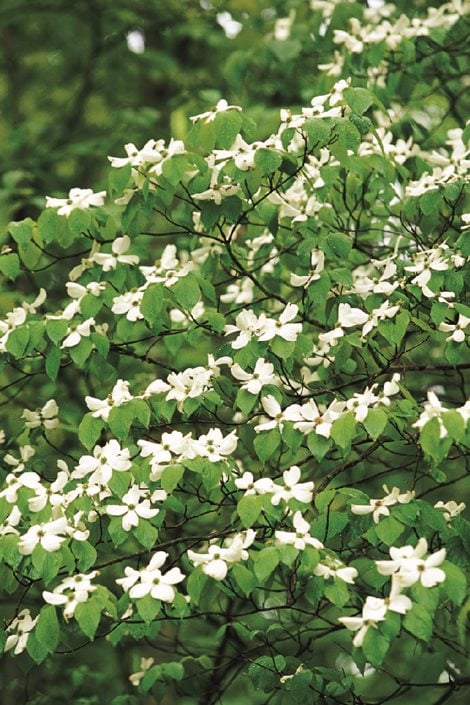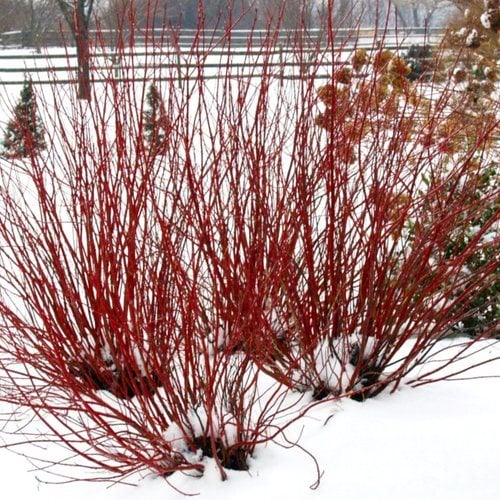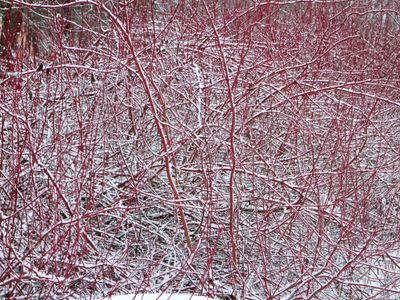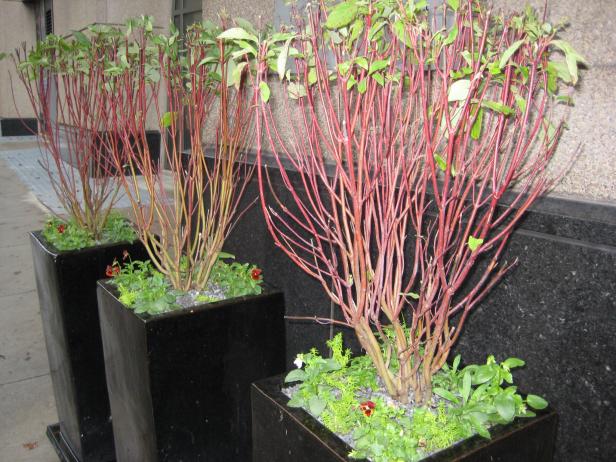How To Grow A Dogwood Bush In Days
Dogwood bushes are beautiful flowering shrubs that can add a touch of elegance to any garden. They are relatively easy to grow, and with a little care, you can enjoy their blooms for many years to come.
In this blog post, we will walk you through the steps on how to grow a dogwood bush in days. We will cover everything from choosing the right location to planting and caring for your new shrub.
So whether you are a beginner gardener or a seasoned pro, read on for all the information you need to grow a beautiful dogwood bush.
Choosing the Right Location
The first step in growing a dogwood bush is choosing the right location. Dogwoods prefer full sun or partial shade, and they need well-drained soil. If you live in an area with hot summers, you may want to choose a location that gets some afternoon shade.
The soil should be slightly acidic, with a pH of 5.5 to 6.5. If your soil is alkaline, you can add peat moss or sulfur to acidify it.
Planting
Once you have chosen the right location, you can plant your dogwood bush. Dig a hole that is twice as wide as the root ball and just as deep. Add some compost or other organic matter to the bottom of the hole.
Place the dogwood bush in the hole and backfill with soil. Tamp the soil down firmly and water well.
Watering and Fertilizing
Dogwood bushes need regular watering, especially during their first year in the ground. Water your bush deeply once a week, or more often if the weather is hot and dry.
In the spring and fall, you can fertilize your dogwood bush with a balanced fertilizer. Follow the directions on the fertilizer label.
Pruning
Dogwood bushes do not need a lot of pruning. You can lightly prune your bush in the spring to remove any dead or damaged branches. You can also prune your bush to shape it, but be sure to do so in the early spring, before the new growth starts.
Problems
Dogwood bushes are generally healthy plants, but they can be susceptible to a few problems. One common problem is dogwood anthracnose, a fungal disease that causes leaves to develop black spots. If you see this problem, you can treat it with a fungicide.
Another problem that dogwood bushes can face is dogwood borers, which are insects that tunnel into the bark of the tree. If you see any signs of borers, you can treat them with an insecticide.
Enjoying Your Dogwood Bush
With a little care, you can enjoy your dogwood bush for many years to come. These beautiful shrubs will add a touch of elegance to your garden and provide you with years of enjoyment.
Dogwood bushes are a beautiful and versatile addition to any garden. They come in a variety of shapes and sizes, and can be planted in full sun or partial shade. Dogwood bushes are also relatively easy to care for, making them a great choice for even the most novice gardener.
If you're interested in learning more about dogwood bushes, I encourage you to visit Home Gardening. This website has a wealth of information on dogwood bushes, including:
- Different types of dogwood bushes
- How to plant and care for dogwood bushes
- Common pests and diseases of dogwood bushes
- Dogwood bush potting guide
- Dogwood bush pruning guide
FAQ of dogwood bush
- What are the different types of dogwood bush?
There are over 60 species of dogwood bush, but the most common ones are flowering dogwood, Kousa dogwood, and Pacific dogwood. Flowering dogwood is native to North America and has white or pink flowers. Kousa dogwood is native to Asia and has white flowers that turn pink as they age. Pacific dogwood is native to the western United States and has white flowers that turn red in the fall.
- What are the care requirements for dogwood bush?
Dogwood bush is relatively easy to care for. It prefers full sun to partial shade and moist, well-drained soil. It is important to water dogwood bush regularly, especially during the first year after planting. Dogwood bush is also susceptible to a few diseases, such as dogwood anthracnose and powdery mildew. These diseases can be treated with fungicides.
- How long does a dogwood bush live?
Dogwood bush can live for up to 80 years. However, it is important to note that the lifespan of a dogwood bush can vary depending on the species and the growing conditions.
- What are some common problems with dogwood bush?
Some common problems with dogwood bush include:
* Dogwood anthracnose: This is a fungal disease that causes leaves to develop dark spots and eventually fall off.
* Powdery mildew: This is a fungal disease that causes leaves to develop a white powdery coating.
* Dogwood borers: These insects can damage the bark and branches of dogwood bush.
* Dogwood leaf miners: These insects tunnel through the leaves of dogwood bush, causing them to turn yellow and eventually fall off.
- How can I prevent problems with my dogwood bush?
There are a few things you can do to prevent problems with your dogwood bush:
* Plant your dogwood bush in a sunny location with well-drained soil.
* Water your dogwood bush regularly, especially during hot, dry weather.
* Fertilize your dogwood bush in the spring with a balanced fertilizer.
* Prune your dogwood bush regularly to remove dead, diseased, or damaged branches.
* Monitor your dogwood bush for signs of pests and diseases, and treat them promptly if they occur.
Image of dogwood bush
10 different images of dogwood bush that are free to use:
- Flowering dogwood bush in full bloom. The flowers are white and arranged in a star-like shape. The leaves are green and oval-shaped.

- Dogwood bush with red stems. The stems are a deep red color, which contrasts nicely with the green leaves. The flowers are white and arranged in clusters.

- Dogwood bush in fall foliage. The leaves are a variety of colors, including red, orange, yellow, and purple. The flowers are no longer in bloom.
- Dogwood bush in winter. The leaves have fallen off, and the branches are bare. The bark of the tree is a light gray color.

- Close-up of a dogwood flower. The flower is white with a yellow center. The petals are delicate and slightly cupped.
- Dogwood bush in a garden setting. The bush is surrounded by other flowers and plants. The background is a green lawn.

- Dogwood bush in a forest setting. The bush is surrounded by trees. The background is a blue sky.

- Dogwood bush as a hedge. The bush has been trimmed to form a hedge. The hedge is about 6 feet tall.

- Dogwood bush as a bonsai tree. The bush has been trained to grow in a small pot. The branches are twisted and gnarled.

- Dogwood bush as a cut flower. The flowers have been cut from the bush and arranged in a vase. The flowers are still in bloom.
Post a Comment for "How To Grow A Dogwood Bush In Days"